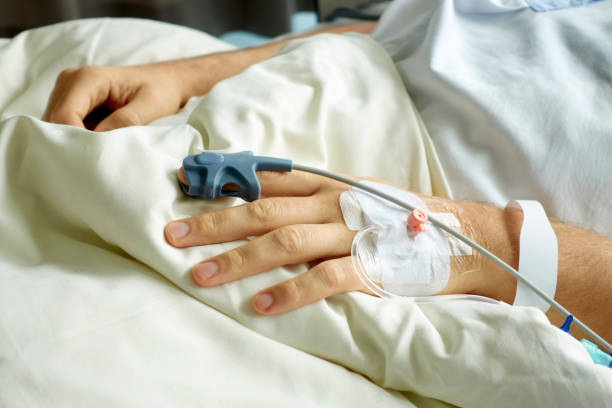Today, there is an increase in the size of the elderly population with alarming chronic diseases. During hospitalization, continuous vital signs monitoring can help to diagnose the health issues of a patient. Moreover, the use of traditional monitoring systems is complex because of its bulkiness an array of cables. It prevents patients from being able to move comfortably. Researchers in both the private and public sectors have long been trying to develop New wireless sensors for emergency-room patients monitoring. Provided, it will be reliable enough to be used on critical-care patients like conventional cable-intensive systems.
8 Vital signs of monitoring emergency-room patients
Generally, a patient who is admitted to the emergency room will be in surveillance based on vital signs like temperature, pulse, blood pressure, respiratory rate, and oxygen saturation. Moreover, these five signs are not adequate to identify deteriorating cases.
Today Patients have complex health problems than in the past. Nowadays, other signs like an assessment of pain, level of consciousness, and urine output are part of routine patient assessment. Measurement of vital signs in hospitalized patients is necessary to assess the clinical situation of the patient.
A delay in diagnosis of mentioned signs may be associated with increased mortality. Thus continuous monitoring with support devices helps in detecting early deterioration and taking corrective steps.
New wireless sensors technology
The design of wearable monitoring systems has been growing research interest in the last decade. And it has got many potential applications in medicine, sports, and security. The emergence of wireless technologies and advancements in on-body sensor design can enable change in the conventional health-care system, replacing it with wearable health-care systems, centered on the individual.
Smart cardio, an EPFL spin-off, has developed a small patch that contains a fusion of wireless sensors on a single unit. Eliminating the need for cables to connect the data collection devices with data storage and display equipment. An internet connection is all doctors need to be able to view and track patients’ vital signs remotely and in real-time, such as on a smartphone or smartwatch.
SmartCardia SA is a Swiss medical device company with focus on clinical quality data and validation.
The patch can be applied easily to patients’ chests. It has been tested successfully on hundreds of patients at several hospitals. This small patch can measure emergency-room patient’s vital signs and has proven to be just as reliable as existing cable-intensive systems. The team of Smartcardia is working with key opinion leaders across a variety of clinical fields, from cardiology, vascular medicine, sleep, and COPD to validate the unique insights of the system.
According to Smartcardia CEO Srinivasan Murali, this patch is the first that performs well enough to replace conventional monitoring systems. Murali and his team spent several years at EPFL developing their device and the complicated algorithms needed to effectively screen out interference signals from things like patients’ movements and deliver extremely accurate results.
It recently obtained the European Union’s CE marking for medical devices; large-scale production has already started. And the device will be launched on the Swiss and EU markets in the coming days.
Role of Artificial Intelligence in monitoring systems
SmartCardia’s platform combines medical wearable technology with Artificial Intelligence to provide unique insights into a patient’s health. Wearable monitoring systems can provide continuous physiological data, as well as better information regarding the general health of individuals.
Smartcardia is also working on a system that can spot health problems early on and alert caregivers. The system uses artificial intelligence and big data to provide important information about a patient’s condition before it gets serious.
For example, it can detect slight changes in a patient’s vital signs and link them together – such as a small increase in blood pressure at the same time as a decrease in blood oxygen level or respiratory rate – in order to compare them with existing models.
These vital sign monitoring systems will reduce health-care costs by disease prevention and enhance the quality of life with disease management.
